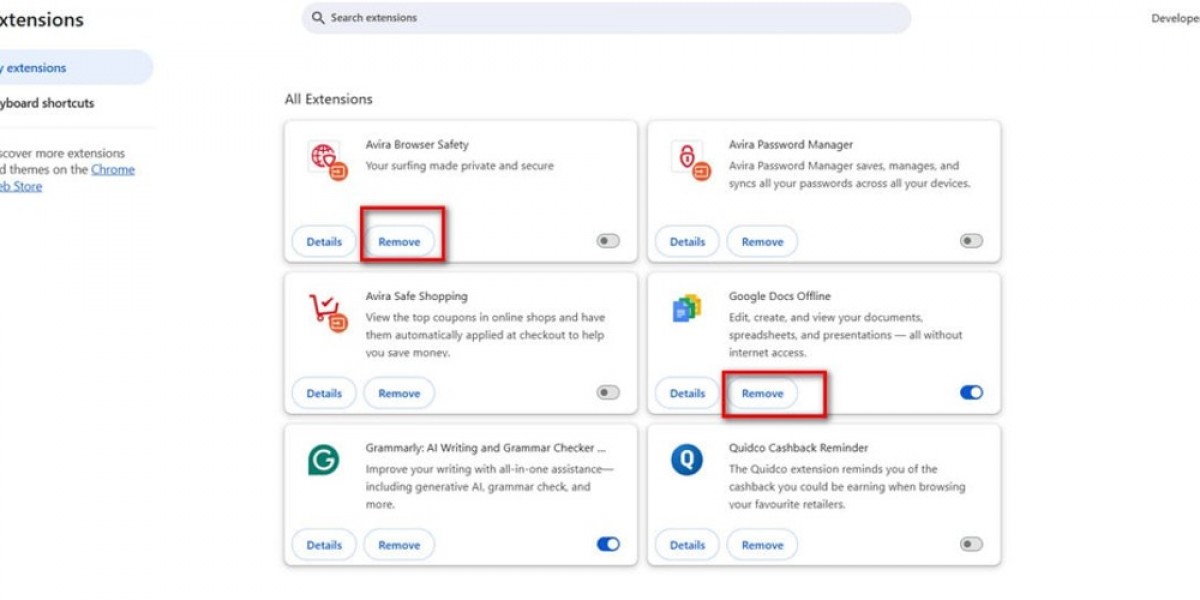. Innovations in Contact Lens Materials Enhance Comfort and Vision Correction
The field of contact lenses continues to evolve with the development of advanced materials that prioritize wearer comfort and provide superior vision correction. New silicone hydrogel lenses offer increased oxygen permeability, reducing dryness and improving eye health, while innovative designs address specific vision needs like astigmatism and presbyopia with greater clarity.
2. Daily Disposable Contact Lenses Gain Popularity Amid Focus on Hygiene and Convenience
Driven by a growing emphasis on hygiene and convenience, daily disposable contact lenses are becoming increasingly popular. These lenses eliminate the need for cleaning and storage solutions, reducing the risk of infection and offering a fresh, comfortable wearing experience each day.
3. Smart Contact Lenses with Integrated Technology Poised to Revolutionize Healthcare and Human-Computer Interaction
The development of smart contact lenses embedded with sensors, microelectronics, and even displays is generating significant excitement. These futuristic devices hold the potential for continuous monitoring of health parameters like glucose levels and intraocular pressure, as well as augmented reality applications and hands-free communication.
4. Growing Awareness of Myopia Progression Drives Demand for Specialized Contact Lenses
With increasing global rates of myopia (nearsightedness), particularly among children, there's a growing demand for specialized contact lenses designed to slow its progression. Orthokeratology (ortho-k) lenses and multifocal soft contact lenses are showing promising results in managing myopia and reducing the risk of associated eye conditions.
5. Cosmetic and Specialty Contact Lenses See Innovation in Aesthetics and Functionality
The market for cosmetic and specialty contact lenses continues to expand with advancements in color tinting, designs, and functionalities. From enhancing natural eye color to providing UV protection or addressing specific corneal irregularities, these lenses cater to a wide range of consumer needs and medical applications.
6. Online Retail and Subscription Services Transform How Consumers Purchase Contact Lenses
The way consumers purchase contact lenses is shifting with the rise of online retailers and subscription services. These platforms offer convenience, competitive pricing, and automated delivery, making it easier for wearers to maintain their lens supply and access eye care professionals remotely.
7. Research Focuses on Sustainable and Environmentally Friendly Contact Lens Options
Recognizing the environmental impact of disposable contact lenses and packaging, researchers and manufacturers are exploring more sustainable options. This includes the development of biodegradable lens materials and eco-friendly packaging solutions to minimize waste.
8. Contact Lenses for Dry Eye Relief Gain Traction with Advanced Hydration Technologies
Addressing the common issue of dry eye among contact lens wearers, new lenses incorporating advanced hydration technologies are entering the market. These lenses are designed to retain moisture and provide long-lasting comfort throughout the day, improving the wearing experience for individuals with dry eyes.
9. Regulatory Updates Emphasize Safety and Proper Usage of Contact Lenses
Regulatory bodies continue to emphasize the importance of safe and proper contact lens wear. Public awareness campaigns and updated guidelines aim to educate consumers on l








